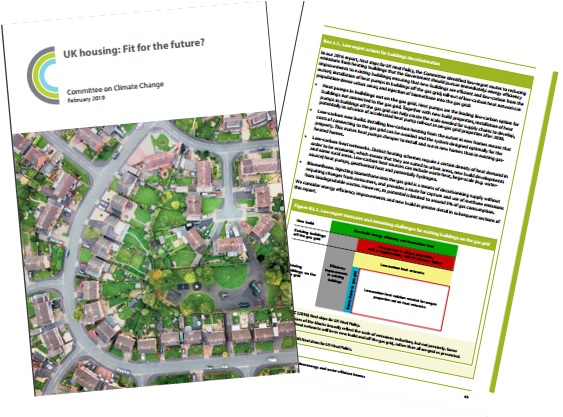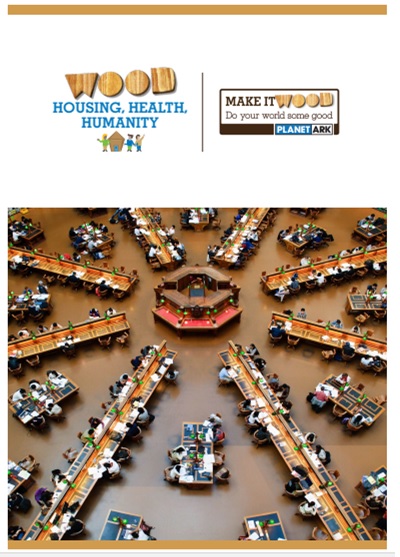Insulating with Wood – Bangor and Swansea
A written summary of the two insulation events is provided here.
Uncategorized
Andrew Mitchell – Natural Building Technologies
Insulating with Wood Campaign 2019
Bangor and Swansea Events
Andrew Mitchell – Natural Buildings Technologies. Open presentation here.
Richard Broad – ASBP and NFIG
Insulating with Wood Campaign 2019
Bangor and Swansea Events
Richard Broad – ASBP and NFIG. Open presentation here.
Jasper Meade – PYC Construction
Insulating with Wood Campaign 2019
Bangor Event
Jasper Meade – PYC Consutruction. Open presentation here.
Arwyn Evans – Pennaf Housing Group
Insulating with Wood Campaign 2019
Bangor Event
Arwyn Evans – Pennaf Housing Group. Open presentation here.
Neil Turner – Ecological Building Systems
Insulating with Wood Campaign 2019
Swansea Event
Neil Turner – Ecological Building Systems. Open presentation here.
Prosperity for all: A low Carbon Wales
Prosperity for All: A Low Carbon Wales. Was published by Welsh Government on 21 March 2019. It sets out how WG will meet their first carbon budget (2016-2020). The Plan sets out 100 policies and proposals, broken down by all portfolios, which demonstrate the collective Cabinet commitment to accelerate the transition to a low carbon economy in the years ahead.
The Plan outlines the Welsh Government’s approach to cut emissions and transition to a low carbon economy in a way which maximises wider benefits for Wales, ensuring a fairer, healthier and more equal society. Lesley Griffiths, Minister for Environment, Energy and Rural Affairs made clear at the launch that, “this can only be achieved by collective action across Government, business and society.”
The Plan pulls together 76 existing pieces of policy from across the Welsh Government, UK Government and the EU where decarbonisation is integrated either as a direct outcome or a wider benefit. Some of these are new Welsh Government policies which have come on stream since the start of the budget period, such as the Economic Action Plan and Renewable Energy Targets, or revamped policies such as Planning Policy Wales where decarbonisation is now a central pillar.
Read the Plan here
UK Homes Not Fit for the Future
New policies to support substantial increase in use of timber in construction recommended by the Committee on Climate Change.
 ‘UK homes are not fit for the future. Greenhouse gas emission reductions from UK housing have stalled, and efforts to adapt the housing stock for higher temperatures, flooding and water scarcity are falling far behind the increase in risk from the changing climate. The quality, design and use of homes across the UK must be improved now to address the challenges of climate change. Doing so will also improve health, well-being and comfort, including for vulnerable groups such as the elderly and those living with chronic illnesses. The quality, design and use of homes across the UK must be improved now to address the challenges of climate change. This is the conclusion of the Committee on Climate Change in their report, UK Housing: Fit for the Future?‘
‘UK homes are not fit for the future. Greenhouse gas emission reductions from UK housing have stalled, and efforts to adapt the housing stock for higher temperatures, flooding and water scarcity are falling far behind the increase in risk from the changing climate. The quality, design and use of homes across the UK must be improved now to address the challenges of climate change. Doing so will also improve health, well-being and comfort, including for vulnerable groups such as the elderly and those living with chronic illnesses. The quality, design and use of homes across the UK must be improved now to address the challenges of climate change. This is the conclusion of the Committee on Climate Change in their report, UK Housing: Fit for the Future?‘
This is a damning report on the lack of progress across the UK, but among a wide ranging set of recommendations Woodknowledge Wales are encouraged to see that the increased use of wood is being highlighted as a key policy recommendation to ‘Develop new policies to support a substantial increase in the use of wood in construction. This will need to focus on overcoming a range of cultural, skills and financial barriers in the construction sector. Undertake low-regrets action (essentially low cost win wins) to support the assessment and bench marking of whole-life carbon in buildings with a view to informing the future policy framework.’
More details here.
Wood. Housing, Health, Humanity
 What can reduce your blood pressure, heart rate and stress levels while at the same time improving air quality through humidity control and help fight climate change through storing carbon?
What can reduce your blood pressure, heart rate and stress levels while at the same time improving air quality through humidity control and help fight climate change through storing carbon?
This Australian based report from 2015 looks at the health and well-being benefits of wooden interiors in houses, business, places of learning and healing. The report examines literature and empirical studies that assess the benefits of using wood in an indoor environment as well as reporting the results of the attitudes of Australians towards using wood.
Read full report here.
Powys County Council – Cyngor Sir Powys
